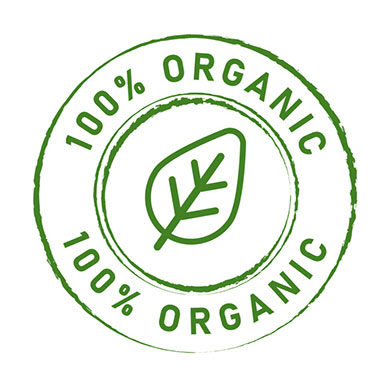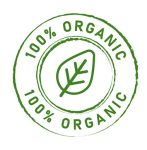Pop quiz. Who regulates food? You’re probably going through an alphabet soup of agencies in your head right now, and you wouldn’t be wrong. FDA, USDA, FTC, state and local agencies, all play a role in regulating the food we eat. But how many of you thought of the consumer? In recent years, consumers have increasingly become a de facto regulatory agency by harnessing the power of the courts. Statements on your labels that may pass muster with FDA and other agencies are falling afoul of consumer expectations, and consumers are seeking, and sometimes obtaining, redress in the courts. Although there have been some more promising rulings lately suggesting that some courts at least are beginning to rein in these types of claims, food manufacturers should nevertheless be vigilant.
Take, for example, the case of Mantikas v. Kellogg Company. There, a group of consumers sued the manufacturer of Cheez-It crackers. The crackers were available in a version that contained the language “Whole Grain” in large font in the middle of the principal display panel, with smaller language stating “Made with 8G of whole grain per serving” in the corner. But the ingredients panel showed that enriched white flour was the primary ingredient. The Second Circuit Court of Appeals held that the consumers had stated a claim under their states’ consumer protection laws. Even though the product did in fact contain 8 grams of whole grains, and even though the consumer could look to the ingredient panel to learn that the primary ingredient was white flour, the court explained that the purpose of the back and side panels is to offer more detailed information than that on the front panel, not to correct a misconception caused by a misleading representation on the front panel. The “whole grain” representation was clearly intended to mislead the consumer into believing that the product was made predominantly or entirely with whole grains when that was not in fact true. The fact that the consumer could figure that out by reading the ingredients panel was not enough to satisfy the court.
Consumers are also on the attack against terms like “real,” “natural,” “good for you,” “pure,” and “wholesome,” terms that are not explicitly regulated by FDA. What each of these terms has in common is that they are vague and hard to prove or disprove. What does “real” even mean? Under one definition, all food is real unless it’s the plastic food in a child’s toy box. Cyanide is natural, and may even be pure, but we wouldn’t want to eat it. And almost everything we eat could be good for us in the sense that it helps stave off starvation. You see where I’m going with this. These terms are wildly open to interpretation, and the chances of you and your consumer interpreting them the same way are slim. Better to stick to narrower terms that you can substantiate. For example, you might say that your popsicles are flavored with the juice of real fruit, though, like Cheez-Its, beware of making that claim if the majority of the flavor is not from real fruit juice.
And consumer suits go way beyond the content of the product. Take, for example, the case of Broomfield v. Craft Brew Alliance, Inc. In that case, a group of consumers sued over labeling that deceived them into believing that Craft Brew’s beer was made in Hawaii. While the defendant did manufacture beer in Hawaii, the beer it sold on the mainland was made on the mainland. The court sided with the consumers. While pictures of surf boards and the phrase “Liquid Aloha” weren’t enough to make the case, Craft Brew went far beyond that, with a map of Hawaii depicting the location of its brewery, a Hawaiian address, and an invitation to visit the brewery when in Hawaii.
So what’s a manufacturer to do? When coming up with that enticing label, first, think like a consumer. What might that consumer believe or, at least, what might they be able to convince a court that they believed? Second, conduct a risk/benefit analysis. Is that “all natural” label expected to generate enough extra sales to justify the risk of a consumer lawsuit. Finally, ask your attorney to check on the existing legal landscape. Has another manufacturer run into legal problems using the very same language you want to use? If so, did the court suggest ways in which the manufacturer could have cured the problem? If in doubt, use specific, verifiable statements over vague pronouncements of “healthiness.” And above all, don’t play games with the consumer. If you’re trying to make your product look healthier than it is, there are plenty of plaintiffs’ lawyers ready and waiting to challenge you in court.





